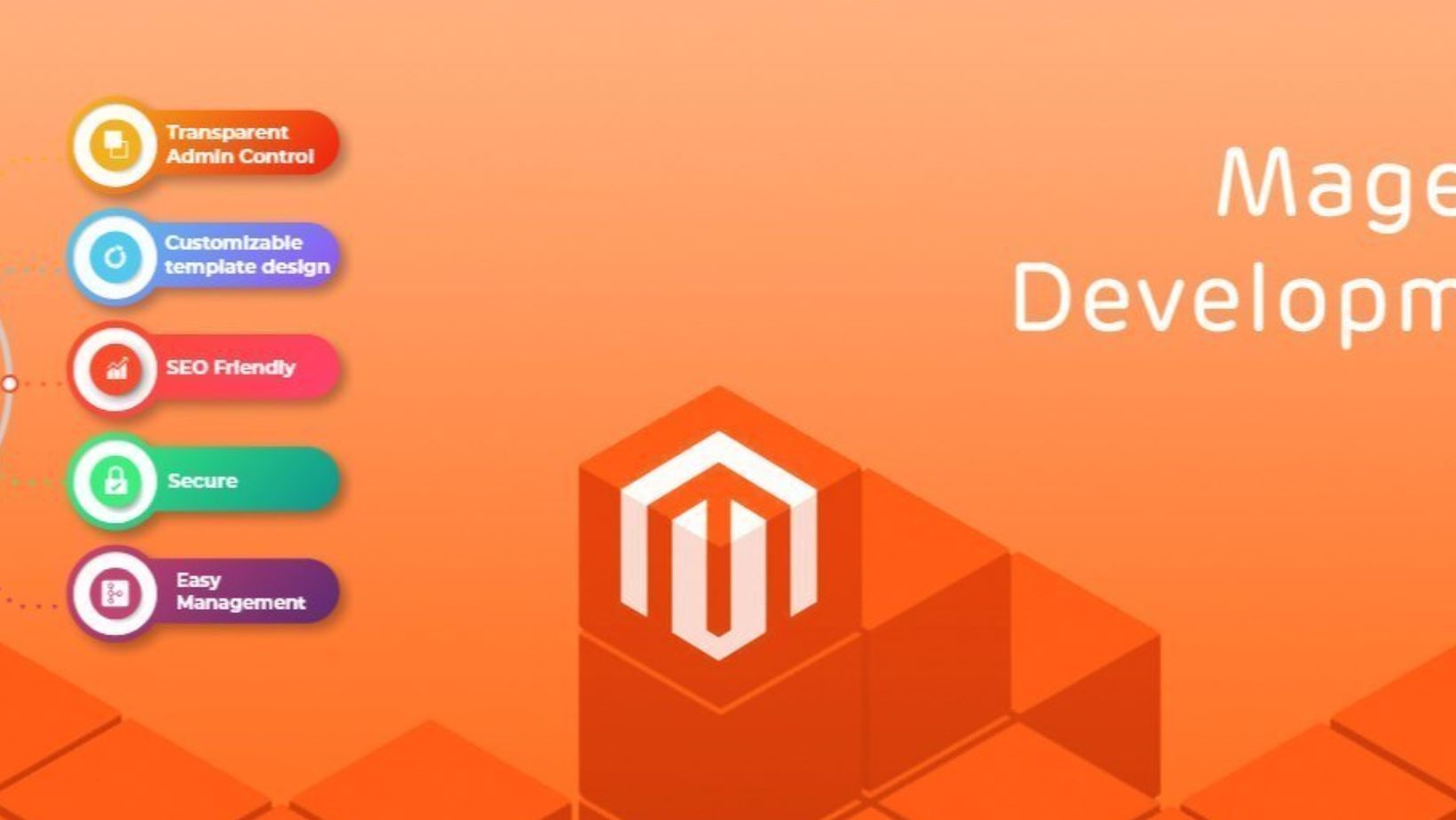The transportation and logistics industry must improve efficiency, cut costs, and enhance customer satisfaction. Generic software often slows things down, creating missed opportunities.
Custom logistic software development solves this problem by being designed for your business needs. It improves operations and enhances customer experience. This article explains how the right software transforms logistics operations.
Table of Contents
ToggleImprove Customer Experience
By providing real-time shipment tracking and delivery updates, transportation and logistics software improves customer experience. These systems connect businesses and customers, offering instant access to shipping data through intuitive digital interfaces. Automating communication reduces customer service inquiries and builds trust through transparency.
The software goes beyond tracking by anticipating needs and addressing concerns. Real-time visibility with continuous updates and delivery estimates minimizes uncertainty, leading to fewer “where is my order” inquiries and greater customer satisfaction.
Automated notifications keep customers informed at every milestone, reducing the need for customer service calls and encouraging positive feedback. Self-service options let customers access shipment details, documents, and delivery preferences anytime, shifting more interactions online, lowering support costs, and improving overall satisfaction.
Forecast Demand
Transportation and logistics software transforms demand forecasting with advanced analytics and machine learning. These systems analyze variables like seasonal patterns, economic factors, weather, and customer behavior to make accurate demand predictions. This streamlines inventory management, reduces costs, and ensures products are available while minimizing the risk of stockouts or excess inventory. Businesses can tap into key forecasting capabilities by turning forecasting into actionable intelligence.
Predictive analytics helps businesses accurately forecast demand by analyzing historical data and market indicators, significantly reducing inventory costs while maintaining optimal stock levels. Additionally, dynamic inventory optimization balances stock across locations with real-time monitoring and automatic reordering, minimizing stockouts and excess inventory.
Market intelligence integration further enhances forecasting accuracy by incorporating external data such as competitor actions and economic indicators, allowing businesses to respond more quickly and effectively to market changes compared to traditional methods.
Optimize Logistics Routes
Transportation and logistics software uses route optimization algorithms to turn delivery planning into a precise, data-driven process. These systems analyze variables like traffic patterns, delivery windows, vehicle capacity, driver schedules, and real-time road conditions to generate optimal routes that maximize efficiency and minimize costs. The main benefits:
- Dynamic route adjustments based on traffic, weather, or order changes
- Real-time adaptation to improve on-time performance and reduce late deliveries
- Reduced fuel costs through optimized travel distances and fewer vehicle trips
- Better resource utilization ensures maximum vehicle and driver efficiency while respecting regulations

By processing delivery points and constraints in seconds, algorithms reduce travel distance, allowing for more deliveries per vehicle and reducing fuel costs.
Decrease Delivery Time
Optimized logistics software streamlines warehouse picking and delivery to improve delivery times. These systems use real-time data and automation to resolve bottlenecks and optimize resource usage. Automated picking and packing reduce processing time, leading to increased throughput. Orders are processed much faster compared to manual systems. Intelligent routing and real-time traffic updates minimize delays, improving delivery accuracy and increasing on-time deliveries. This allows companies to complete more deliveries with the same resources. Automated cross-docking reduces handling time and minimizes temporary storage. These efficiencies accelerate the transfer of goods between vehicles, enhancing speed and customer satisfaction while providing a competitive edge in speed-driven markets.
Enhance Diagnosis & Alerts
Transportation and logistics software improves operations monitoring by using diagnostic systems that analyze performance metrics, equipment status, and delivery progress in real-time. These systems leverage predictive analytics and machine learning to identify potential issues early, enabling proactive solutions. Key features:
- Predictive analytics for identifying potential equipment failures weeks in advance
- Real-time alerts to prevent disruptions and delays by addressing inefficiencies early
- Comprehensive risk management integrating weather, traffic, and equipment monitoring for early intervention
- Reduced maintenance costs through predictive maintenance and scheduled repairs
By aggregating data from vehicle telematics, weather systems, traffic monitors, and IoT sensors, these systems provide comprehensive visibility and automatically trigger alerts when parameters deviate. Early intervention reduces downtime, enhances delivery efficiency, and improves customer satisfaction.
Reduce Operational Costs
Transportation and logistics software cuts costs through automation, optimized routing, predictive maintenance, and better fuel efficiency.

The main cost-saving methods include:
- Automated scheduling and route planning to improve staff utilization, reduce overtime, and increase deliveries with fewer vehicles
- Routing algorithms and real-time traffic updates to minimize idle time and optimize fuel efficiency
- Better fuel management that reduces waste and lowers operating expenses
- Early problem detection and vehicle lifespan extension to lower repair costs
- Automating scheduling and documentation to improve accuracy and reduce employee workload
By improving resource efficiency and reducing manual processes, companies can lower operational costs.
Conclusion
Transportation and logistics software optimizes operations, boosts customer satisfaction, and cuts costs. These systems streamline routes, improve delivery times, and enhance forecasting and driving performance. Implementing the right logistics software boosts efficiency and gives businesses the ability to adapt to market changes and meet customer demands.






